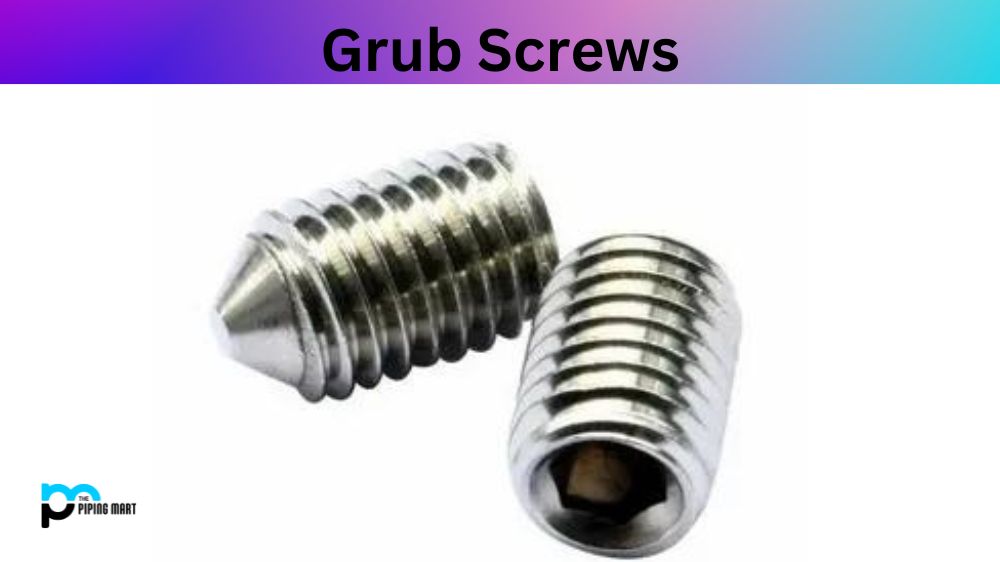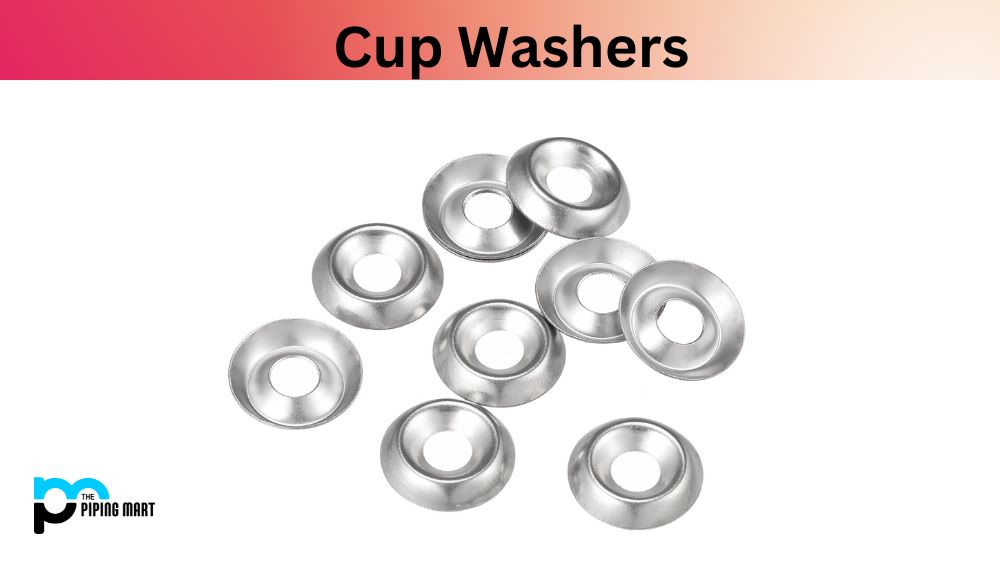Grub screws are small but mighty parts essential in many mechanical applications. Also known as set screws, they are threaded fasteners used to secure an object on the shaft of another device. Their small size and ease of use make them popular for many applications in various industries. In this blog post, we will explore what grub screws are, their uses and applications in more detail.
What is a Grub Screw?
Grub screws are threaded fasteners with a small, hexagonal head that is usually used to secure parts onto a shaft. They are often made out of materials such as stainless steel, brass or nylon. Depending on their application, grub screws can have different dimensions, from a few millimetres to several centimeters. They come in different types, such as socket head cap screw, standard, and slotted.
Uses and Applications:
Grub screws are used in a wide range of applications. One of the most common uses is to secure parts onto a shaft in machinery, including engines and motors. They also serve as a method to adjust components’ positions, such as gears, pulleys and other mechanical components within the device. Additionally, grub screws hold small parts in place, such as knobs, sockets, and bearings. They are also useful in precision engineering applications, such as robotics and electronics, to join parts that require specific alignment.
Advantages of Grub Screws:
Grub screws’ small size makes them easy to install and remove without needing special tools. They are also versatile enough to be used in various applications, thanks to the different types to choose from. These fasteners provide a firm and secure locking mechanism, ensuring that components remain in place, even during high-vibration scenarios. They are essential in any mechanical application where stability and accuracy are imperative.
How to Use a Grub Screw:
Using a grub screw is a straightforward process. First, identify the location of the application where you need to fix the component. Next, locate the threaded hole and insert the grub screw, pressing down hard enough to ensure it’s fully seated. Finally, tighten the grub screw into place until it holds the component firmly. It is essential not to over-tighten the screw, which can lead to unnecessary damage.
Conclusion:
Generally, grub screws are crucial in securing components in various mechanical applications. Their small size, versatility, and ease of use make them popular in many industrial settings. They are also easy to install and offer a secure and robust locking solution, making them a reliable option for precise engineering applications. With this knowledge, anyone can confidently select the right grub screw for their application.

A passionate metal industry expert and blogger. With over 5 years of experience in the field, Palak brings a wealth of knowledge and insight to her writing. Whether discussing the latest trends in the metal industry or sharing tips, she is dedicated to helping others succeed in the metal industry.




